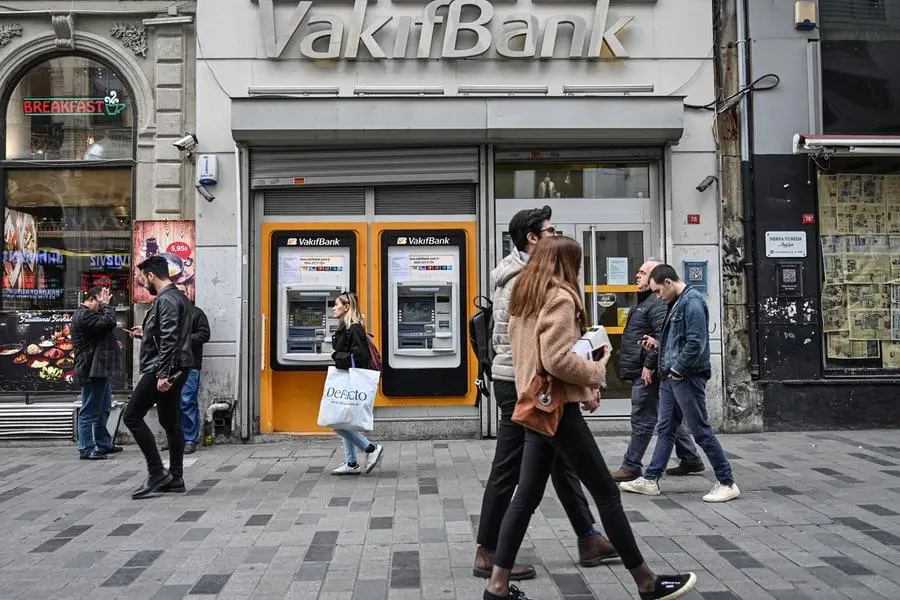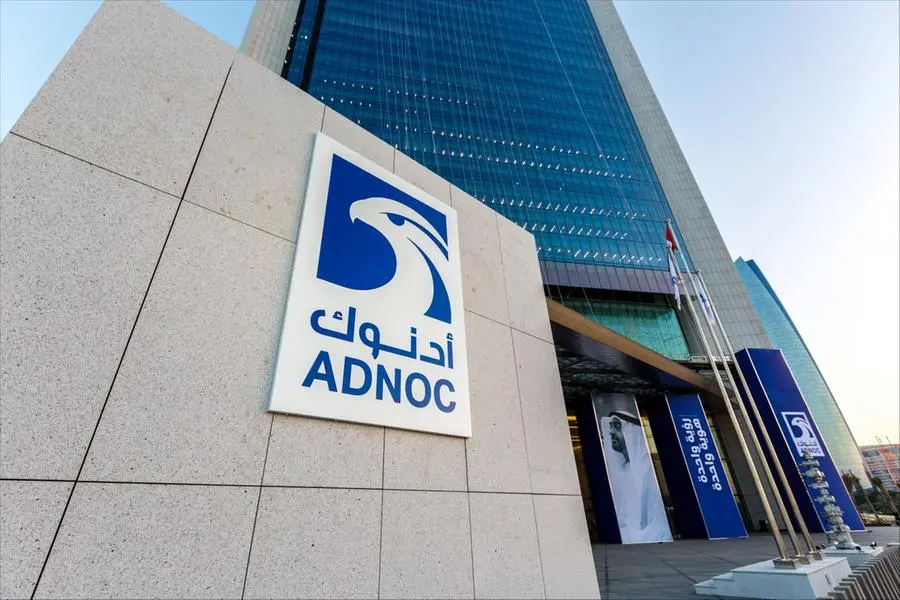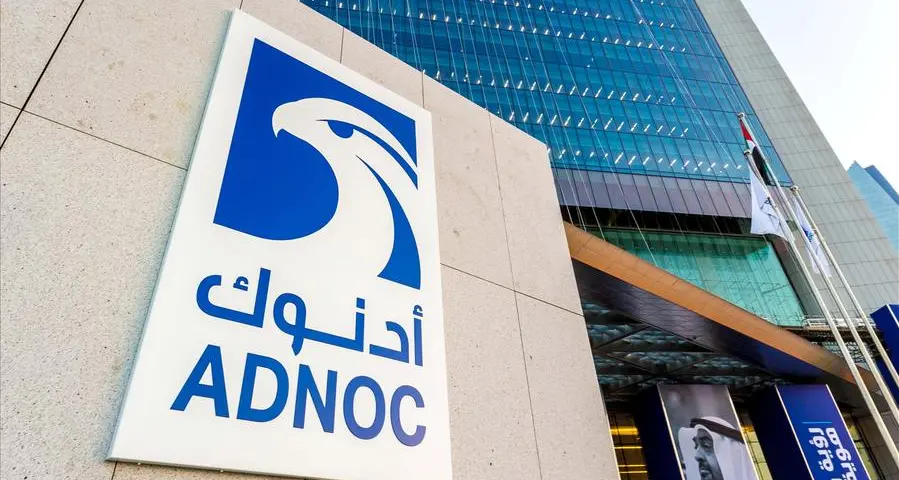PHOTO
The Egyptian government has been working on developing the banking sector over the past nine years. The state has taken proactive steps and adapted monetary policy tools to increase confidence in the banking sector and enhance financial inclusion rates through a set of measures set by the Central Bank. The banking sector plays a big role in mobilizing domestic and foreign savings and achieving financial protection for customers and investors, which makes the sector enjoy liquidity and profitability and contributes to achieving a state of financial stability, which is an essential pillar for achieving sustainable economic growth. International institutions have praised Egypt’s efforts in this regard.
The Cabinet’s Media Center report monitored the positive change in the international vision of the Egyptian banking sector. Fitch International confirmed that high interest rates and dependence on government debt instruments provide a relatively stable source of profitability for Egyptian banks. They expect strong growth in the banking sector during the next 10 years, where there is a large scope for expansion of banking services and the base of depositors. It was expected in 2013 that the Egyptian banking sector would face great difficulties, in light of the continued lack of clear policies on the part of the government and the Central Bank.
The World Bank has praised the resilience and stability of the Egyptian banking sector, which has a low ratio of loans to deposits and ample liquidity. However, it also warned that the sector faced increased risks after the 2013 economic shocks that weakened the government’s ability to support local banks.
According to the United Nations Human Development Report, Egypt has taken several steps to boost the financing of small and micro enterprises, which are vital for job creation and poverty reduction. The report also noted some gaps in the lending system for these enterprises, such as high interest rates and collateral requirements.
The Egyptian banking sector has received positive assessments from several international agencies, highlighting its strength, stability, and growth potential. Standard & Poor’s noted that the sector has strong local liquidity, a low loan-to-deposit ratio, and a high deposit growth rate. It also expected that the banks’ issuance of high-yield certificates of deposit would increase their profitability.
Moody’s praised the stable financing structure, large protective liquidity, strong profitability, and flexible loan performance of the Egyptian banks. It said that these factors could mitigate the risks that the sector may face in the future.
The Oxford Business Group attributed the robustness of the Egyptian banking system to years of prudent financial regulation. It said that the system has high capital adequacy rates and low levels of non-performing loans, which helped it avoid some of the worst economic impacts of crises, especially the Coronavirus crisis.
The Egyptian banking sector has demonstrated its resilience and strength in the face of challenges, according to the International Monetary Fund. The sector has high liquidity, sufficient capital, and low non-performing loans, as of June 2022.
The Banker magazine reported that Egyptian banks have expanded their presence despite the Coronavirus pandemic, which forced many banks around the world to close their branches. It also predicted that the Egyptian banks’ regulatory capital ratios would remain strong, as they are supported by strong internal capital generation despite the current economic challenges.
The report also revealed the growing confidence of Egyptians in the banking sector, as deposits reached record levels, increasing by more than five times in nine years. The total deposits in the banking sector amounted to EGP 9.2trn in March 2023, compared to EGP 1.4trn in March 2014.
The report explained the factors that led to the surge in deposits in the banking sector, such as the improved performance of the sector, the expansion of banking services across the country, and the increased use of electronic payment methods.
The report said that domestic liquidity (M2) reached EGP 8trn in March 2023, compared to EGP 1.4trn in March 2014, while total assets reached EGP 13trn in March 2023, compared to EGP 1.8trn in March 2014. Credit facilities balances also increased to EGP 4.5trn in March 2023, compared to EGP 0.6trn in March 2014.
The report also highlighted the growth of banking services nationwide, as the number of ATMs rose to 21,975 machines in December 2022, compared to 7,290 machines in December 2014. The number of credit cards also doubled to 5 million cards in December 2022, compared to 2.5 million cards in December 2014. Moreover, the number of points of sale reached 198,800 points in December 2022, in addition to 741,300 private electronic points of sale owned by companies that facilitate electronic payment services. This was a significant increase from 50,800 points in December 2014.
The report also attributed the rise in deposits in the banking sector to the increase in the number of bank branches and the overnight deposit rate. The report said that the number of bank branches grew to 4,649 branches in March 2023, compared to 3,690 branches in March 2014. The overnight deposit rate also increased to 18.25% in June 2023, compared to 8.25% in June 2014.
The report also noted the improvement in the financial safety indicators of the Egyptian banking sector, especially the capital adequacy ratio, which measures the ability of capital to absorb shocks and withstand unexpected losses. The report said that the capital adequacy ratio reached 17% in the first quarter of 2023, compared to 13.7% in the first quarter of 2014.
The primary continuous capital to risk-weighted assets reached 10.8% in the first quarter of 2023, compared to 10.4% in the first quarter of 2014, in addition to the first tranche of capital reaching risk-weighted assets of 13.8% in the first quarter of 2023, compared to 11.4% in the first quarter of 2014.
The report also examined the quality of assets and profitability as indicators of the financial safety of the Egyptian banking sector. The report said that the quality of assets in the loan portfolio improved, as non-performing loans to total loans dropped to 3.5% in the first quarter of 2023, compared to 9.3% in the first quarter of 2014.
The report also said that the profitability of the sector increased, as net profit for the last approved fiscal year attributed to assets and equity rose. The return on average assets reached 1.2% in the first quarter of 2023, compared to 1% in the first quarter of 2014. The return on average equity reached 17.7% in the first quarter of 2023, compared to 14.5% in the first quarter of 2014. The net interest margin remained stable at 3.8% in both quarters.
Sure, I can help you with that. Here is a possible refined version of the text for a newspaper:
The report also discussed the liquidity of the banking sector, which reflects the ability of the banks to meet their obligations without incurring unacceptable losses. The report said that the liquidity of the sector improved, as the average actual foreign currency liquidity ratio with banks reached 75.3% in the first quarter of 2023, compared to 59% in the first quarter of 2014. The ratio of securities to assets also increased to 26.3% in the first quarter of 2023, compared to 21.6% in the first quarter of 2014. Moreover, the ratio of loans to deposits in both local and foreign currencies reached 48.9% in the first quarter of 2023, compared to 41.5% in the first quarter of 2014.
The report also showed the stability of net international reserves and the adequacy of import coverage. The report said that net international reserves increased by 108.4%, reaching $34.8bn in June 2023, compared to $16.7bn in June 2014. The number of months of commodity imports covered by net international reserves also increased to 5.6 months in April 2023, compared to 3.5 months in April 2014.
© 2022 Daily News Egypt. Provided by SyndiGate Media Inc. (Syndigate.info).























